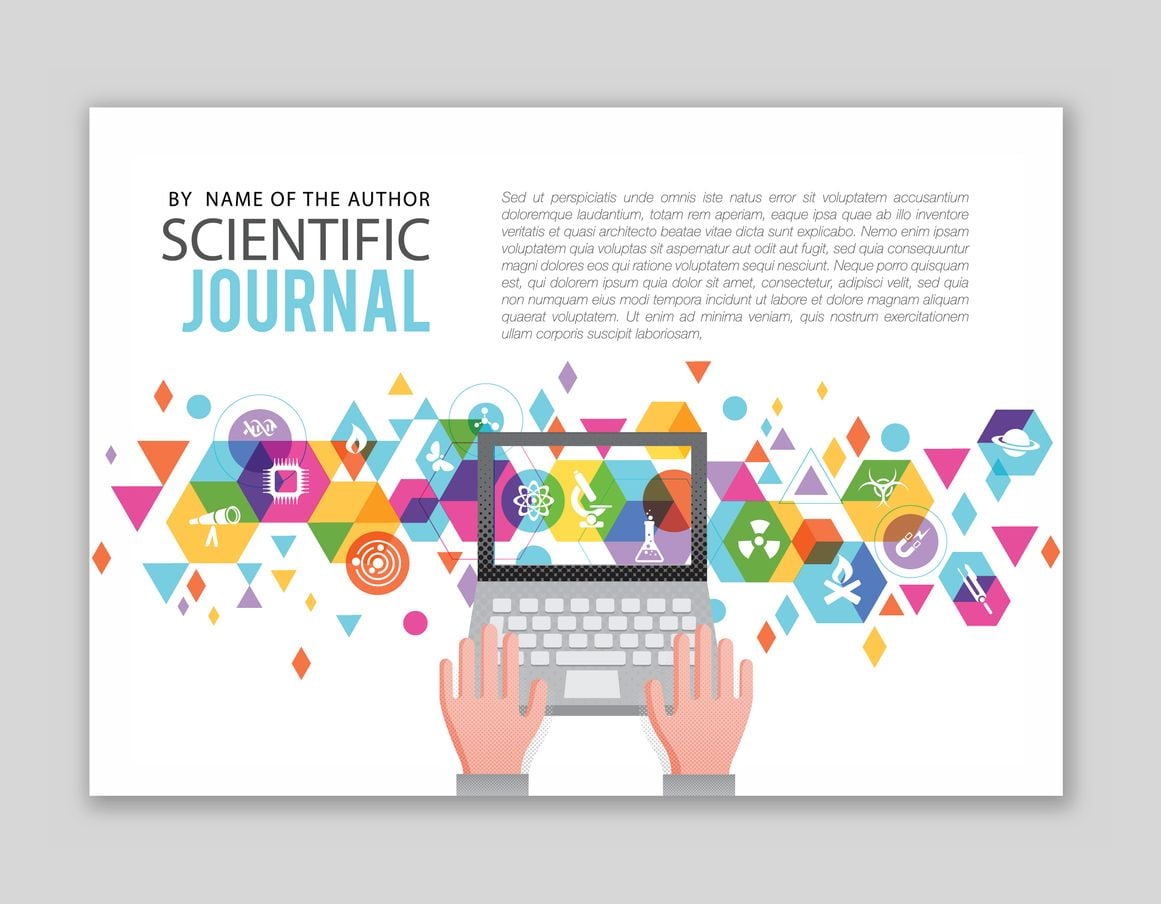Editing for journal submission: A step-by-step checklist
)
How to ensure your manuscript is clear, compliant, and publication-ready
Submitting a manuscript to a peer-reviewed journal in the medicine, nursing and health science disciplines is a major achievement. However, even the best research can be overlooked by medical journal editors if the writing is unclear or the formatting is poor - making it hard for the reader to decipher the true value of your work. Before you hit “submit,” it’s essential to edit your manuscript with care and precision. A thorough editing process ensures your work meets journal standards, presents your findings clearly, and avoids common errors that can delay the review or lead to rejection of your manuscript.
In this article, we outline a step-by-step editing checklist to help researchers, academics, and university PhD students prepare their manuscripts for successful journal submission.
Step 1: Review the journal’s author guidelines
Why it matters:
Each journal has specific formatting and submission requirements. Failing to follow them can result in desk rejection - when an academic journal rejects a submitted manuscript without sending it for peer review - or time-consuming resubmission.
What to check:
- Word limits (including abstract, main text, and references)
- Referencing style (e.g., Vancouver, APA, Harvard)
- Structural requirements (e.g., IMRaD: Introduction, Methods, Results, and Discussion)
- Abstract type (structured or unstructured)
- Table and figure formatting
- Requirements for ethics approval statements, disclosures, and author contributions
Tip: Download the author guidelines and create a checklist specific to your target journal before editing begins.
Step 2: Check structure and flow
Why it matters:
A well-structured manuscript helps editors and reviewers follow your argument, assess your findings, and evaluate your conclusions.
What to check:
- Title: Is it concise, descriptive, and informative?
- Abstract: Does it summarise the aim, methods, key results, and conclusions?
- Introduction: Does it clearly explain the research question and its significance?
- Methods: Are the procedures detailed enough for replication?
- Results: Are findings logically presented and supported by tables or figures?
- Discussion: Does it interpret the results, compare with existing literature, acknowledge limitations, and suggest future directions?
Tip: Use topic sentences to guide the reader through each paragraph.
Step 3: Refine language and clarity
Why it matters:
Clear writing enhances the impact of your research. Unclear or ambiguous language can lead to misunderstandings and may reflect poorly on the quality of your study.
What to check:
- Remove jargon and define technical terms
- Avoid overly complex or lengthy sentences
- Use active voice where appropriate
- Check for consistency in terminology and tenses
- Replace vague words with precise terms (e.g., “significant” with “statistically significant at p<0.05”)
Tip: Ask a colleague unfamiliar with your study to read a draft and identify unclear sections. Reading aloud can also help catch awkward phrasing.
Step 4: Ensure consistency in style and formatting
Why it matters:
Consistency improves readability and shows professionalism. Inconsistencies can distract the reader and undermine trust in your findings.
What to check:
- Uniform headings, subheadings, and numbering
- Consistent use of abbreviations (defined on first use)
- Numbering of tables and figures in order of appearance
- Font styles, line spacing, and margins
- Consistent application of citation formatting
Tip: Use the “Find” function to double-check repeated terms, acronyms, or formatting issues.
Step 5: Check referencing and citation accuracy
Why it matters:
Incorrect or missing references can call into question the credibility of your manuscript and may breach academic integrity standards.
What to check:
- All in-text citations match the reference list
- All references are formatted in the correct style
- Recent and relevant literature is included
- Journal names, author initials, and publication years are accurate
- References to your own work are unbiased and relevant
Tip: Be cautious of relying on a reference manager like EndNote, Mendeley, or Zotero to automate your formatting and track citations, as the automation may not necessarily align with journal-specific referencing conventions.
Step 6: Proofread for grammar, spelling, and punctuation
Why it matters:
Even small grammatical errors can distract reviewers or reflect poorly on the manuscript’s overall quality.
What to check:
- Correct use of punctuation, including commas, colons, and hyphens
- Consistent spelling (UK vs. US English, as per journal preference)
- Subject-verb agreement
- Plural and singular consistency
- Typographical and formatting errors
Tip: Don’t rely solely on spellcheckers - manual proofreading is still essential.
Step 7: Prepare final submission materials
Why it matters:
Journals often require more than just the manuscript. Ensuring all components are ready prevents unexpected submission delays.
What to check:
- Cover letter tailored to the journal
- Title page with correct author details and affiliations
- Conflict of interest and ethics statements
- Word count declaration
- Highlighted changes or response letter if resubmitting
- File formats for manuscript, figures, and supplementary data
Tip: Double-check a journal’s submission portal instructions before uploading documents.
In summary
Manuscript editing is more than a quick proofread. It is a comprehensive process that ensures your research is presented clearly, accurately, and in line with journal expectations. Taking the time to edit carefully can improve readability, reduce reviewer queries, and increase your chances of publication.
---
Frequently Asked Questions (FAQs)
Editing for journal submission
Q: What should I check first when editing my manuscript for submission?
A: Always start with the Instructions for Authors from your target journal. These include formatting requirements, word limits, referencing style, abstract structure, and ethical declarations, all of which must be followed precisely.
Q: What are the most common formatting issues to check?
A: Common issues include inconsistent headings, abbreviation use, reference formatting, incorrect figure/table numbering, and inconsistent spelling or punctuation. A style guide or editing service can help catch these details.
Q: How important is correct referencing in journal submissions?
A: Extremely important. Inaccurate or inconsistent citations can undermine your manuscript’s credibility. Ensure every in-text citation matches the reference list and that all entries follow the journal’s required style.
Q: Do I need to proofread even if I use a spellchecker?
A: Yes. Spellcheckers can miss grammar issues, homonyms, or formatting inconsistencies. Manual proofreading - or professional editing - is essential to catch errors that software may overlook.
Q: What documents do I need to prepare besides the manuscript?
A: Most journals require a cover letter, title page, author details, ethics or conflict of interest statements, and sometimes a word count declaration or supplementary data files. Always check the submission portal for specifics.
Q: Can a professional editor help me respond to reviewer comments?
A: Yes. Medical and academic editors can assist with revising the manuscript, improving clarity, and drafting clear, professional responses to reviewer feedback during the revision and resubmission process.
---
Want to submit your journal manuscript with confidence?
Contact KMG Communications for professional academic and medical editing support.
At KMG Communications, we offer expert editing and pre-submission review services to help researchers, academics and university students polish their work to publication standard. Whether you’re a first-time author or a seasoned scholar, our editing checklist can guide you - or else you can let us take care of your manuscript for you.
---
Author: Kara Gilbert, KMG Communications
| Tags:Latest News |

)